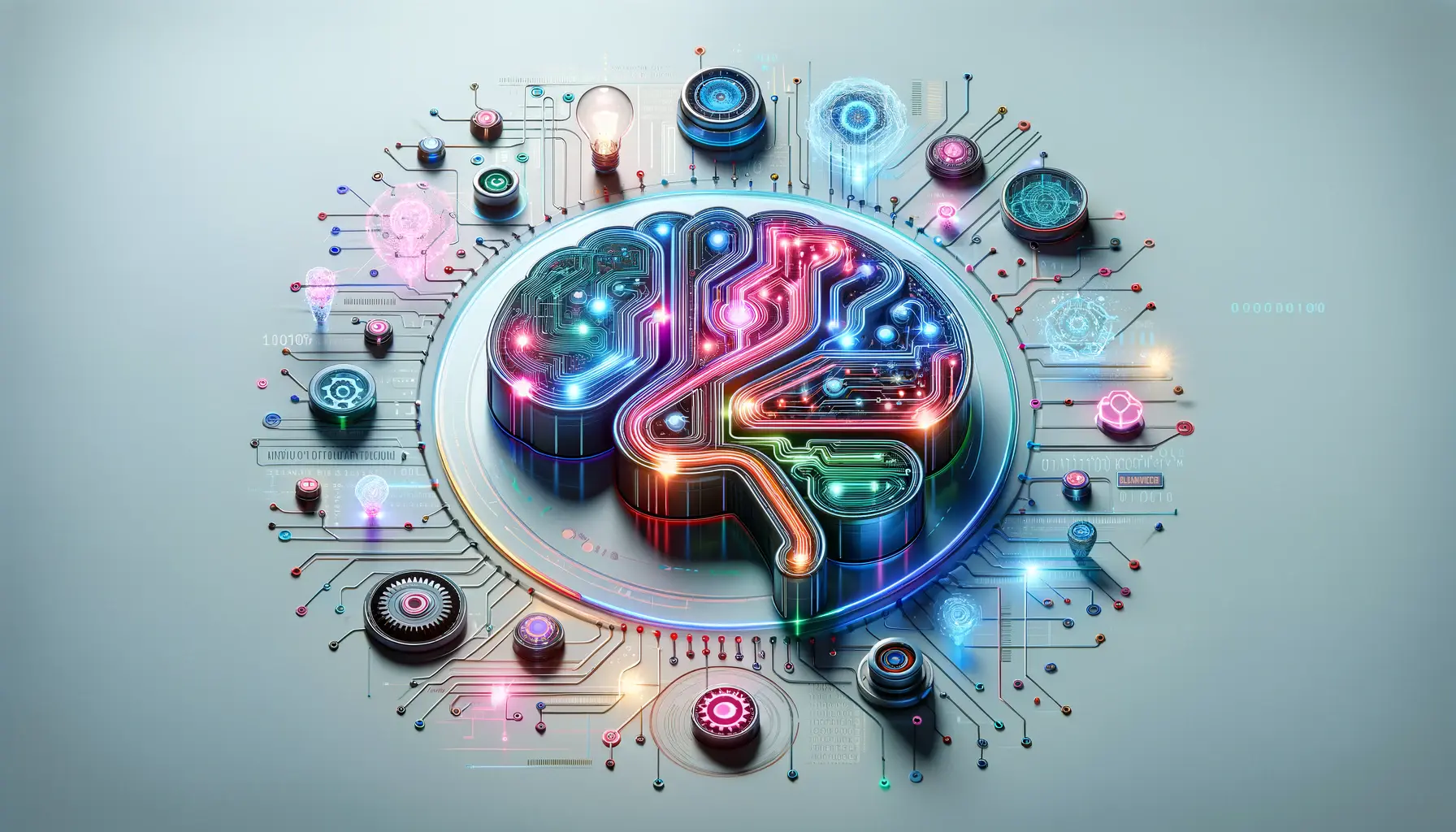When we hear the word innovation, it’s easy to picture grand unveilings—sleek prototypes under spotlights, corporate announcements, or futuristic technology that looks like it belongs in a science-fiction movie. But much of the world’s most transformative progress doesn’t arrive with fireworks. Instead, it unfolds quietly, through subtle improvements and overlooked ideas that change how we live, often without us realizing it.
The Myth of the Big Leap
Popular culture loves the “Eureka!” moment—the lone genius discovering something overnight that changes the course of history. The reality is more layered. Most innovations are the result of small, incremental adjustments that build on years of experimentation, feedback, and refinement.
Consider the bicycle. Its modern design wasn’t born in a single workshop; it evolved over decades through hundreds of small tweaks—frame geometry, chain drives, pneumatic tires—each making it faster, safer, and more comfortable. None of these changes seemed revolutionary in isolation, but together they reshaped personal transportation and recreation worldwide.
This gradualism is everywhere. The most impactful innovations rarely break the world open in a single instant—they seep into it, altering patterns until the “new way” becomes the only way we can imagine.
Innovation Without the Spotlight
One reason subtle innovation goes unnoticed is that it often focuses on solving niche problems. Take, for example, the development of a better insulin delivery system for people with diabetes. It might not generate global headlines, but for those who rely on it daily, it’s life-changing.
Likewise, improvements in logistics algorithms help reduce fuel use in delivery fleets—not the kind of thing you’ll see trending on social media, but an adjustment that saves millions of dollars and cuts carbon emissions on a large scale.
The real test of innovation isn’t its glamour; it’s its ability to make life better for the people who interact with it.
The Importance of Context
Innovation thrives in specific contexts. A brilliant idea in one environment can be irrelevant—or even counterproductive—in another.
For example, mobile payment systems took off rapidly in Kenya with services like M-Pesa, largely because traditional banking infrastructure was limited. In other countries with established financial systems, mobile payments faced slower adoption at first.
This illustrates that innovation is not just about invention—it’s about timing, culture, and the readiness of a community or market to embrace something new.
Borrowing From Unlikely Places
Some of the most exciting innovations emerge when solutions from one field are adapted to another. Engineers designing bullet trains in Japan, for instance, solved the problem of tunnel sonic booms by studying the beak of the kingfisher bird, which dives into water with minimal splash.
Similarly, medical teams have borrowed packaging techniques from the food industry to create more sterile and transport-friendly ways to ship organs for transplants. These cross-pollinations between disciplines happen quietly but leave a lasting mark.
The Emotional Side of Innovation
While we often think of innovation as technical, it’s deeply human. A new product or service can fail entirely if it doesn’t connect emotionally with the people it’s meant to serve.
Think about the early era of personal digital assistants (PDAs). The technology worked, but the devices felt clunky and impersonal, so they never gained mass adoption. Years later, smartphones succeeded not because they were simply more capable, but because they blended practicality with design, accessibility, and an emotional sense of belonging in people’s lives.
Understanding human behavior is as crucial to innovation as engineering is.
Sustainability as the Next Frontier
The last century’s innovations often focused on speed, convenience, and scale. The next wave must reckon with sustainability—not as a marketing angle, but as a core design principle.
Already, we’re seeing materials science push forward biodegradable packaging, self-healing concrete, and textiles made from agricultural waste. Energy storage is undergoing its own transformation, with breakthroughs in solid-state batteries and grid-scale storage that could stabilize renewable energy systems.
The innovators who will matter most in the coming decades are those who find ways to align human needs with ecological limits.
When Innovation Hides in Plain Sight
Some of the most impactful changes are so embedded in our daily routines that we barely notice them anymore. The GPS in your phone was once a military-grade tool. Voice recognition, now taken for granted in customer service lines and home assistants, represents decades of research in linguistics, computing, and machine learning.
We rarely pause to think about the invisible systems that run our modern lives—public sanitation, electrical grids, cloud computing. But innovation doesn’t stop once something is deployed; it keeps evolving quietly behind the scenes.
The Role of Failure
Failure, often treated as an endpoint, is actually an essential stage in innovation. Countless products we now rely on were preceded by versions that flopped.
Consider the early attempts at electric vehicles in the late 20th century—limited range, high cost, and poor infrastructure kept them from catching on. But those missteps provided critical data that made today’s EV market possible.
In innovation, each failed attempt is a test that refines both the solution and the understanding of the problem.
Keeping Innovation Human-Centered
One risk in our era of rapid technological advancement is losing sight of why we innovate in the first place. Tools are only as valuable as the human needs they serve.
Innovation shouldn’t exist purely for novelty or profit—it should strive to make people’s lives richer, safer, healthier, or more connected. The best solutions often blend simplicity with elegance, addressing fundamental needs in a way that feels intuitive.
A Call to Pay Attention
The next time you hear about a “new” invention, look closer. Ask who it helps, what problem it truly solves, and how it fits into the larger ecosystem of existing ideas. Some of the most promising developments will never trend on social media, but they will quietly reshape industries, communities, and everyday habits.
True progress isn’t always loud. Sometimes it’s a whisper, changing the world one unnoticed improvement at a time.


